Unexpected Jolts of Children’s Literature: 2022 Debut!
You know, sometimes you just get so wrapped up in interviews and reviews that you fail to stop, and take some time, and breathe deep, and appreciate the weird moments in adult publishing when they publish books with children’s literature connections. But then you find yourself in an airport waiting to go speak in Missouri to a group of school librarians and it all comes together.
That’s right folks! Unexpected Jolts of Children’s Literature returns! Let’s see what’s going on in the adult publishing world right now and whether or not it has any relation to the things that we do:
ADVERTISEMENT
ADVERTISEMENT
Empire’s Nursery by Brian Rouleau
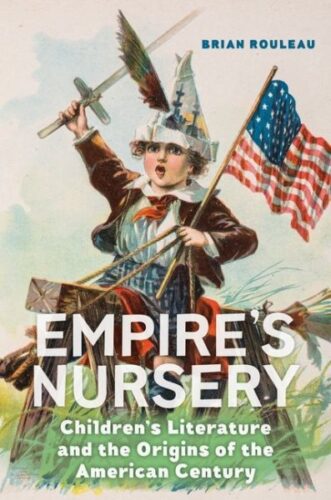
Hoowee! We’re kicking off with a bang! Academia, baby! And this one’s a doozy. The essential premise is that children’s books were instrumental in inculcating the young into the idea that empire-building is a good and righteous notion. Here’s the publisher description:
How children and children’s literature helped build America’s empire
America’s empire was not made by adults alone. During the nineteenth and twentieth centuries, young people became essential to its creation. Through children’s literature, authors instilled the idea of America’s power and the importance of its global prominence. As kids eagerly read dime novels, series fiction, pulp magazines, and comic books that dramatized the virtues of empire, they helped entrench a growing belief in America’s indispensability to the international order.
Empires more generally require stories to justify their existence. Children’s literature seeded among young people a conviction that their country’s command of a continent (and later the world) was essential to global stability. This genre allowed ardent imperialists to obscure their aggressive agendas with a veneer of harmlessness or fun. The supposedly nonthreatening nature of the child and children’s literature thereby helped to disguise dominion’s unsavory nature.
The modern era has been called both the “American Century” and the “Century of the Child.” Brian Rouleau illustrates how those conceptualizations came together by depicting children in their influential role as the junior partners of US imperial enterprise.
My favorite sentence in that whole thing is “Empires more generally require stories to justify their existence.” Yeah they do. Now here’s the kicker: How many of those books have stood the test of time?
Home Is a Sewer by David Altschiller, ill. Ron Barrett
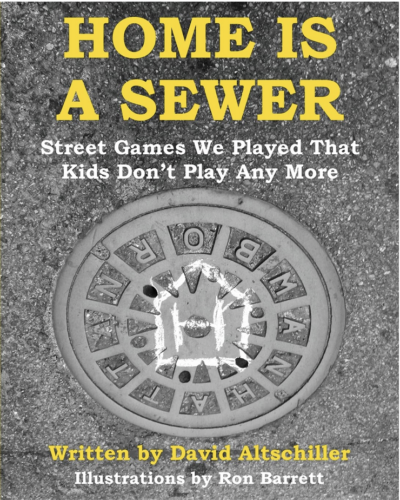
This one’s not new in the least. It came out in 2018, but I recently discovered it myself and thought it was a rather fascinating snapshot. Essentially, it’s about the street games kids played when . . . y’know . . . they could still play in the streets. Sort of reminds me of that collection of children’s rhymes in I Saw Esau by the Opies and Sendak, except in this case the attached illustrator is Cloudy With a Chance of Meatballs artist Ron Barrett himself!
And now a little category I like to call…
J.R.R. Tolkien and the Arts: A Theology of Subcreation

Or, as I like to think of it, the C.S. Lewising of Tolkien. The description:
Tolkien once wrote in an essay called On Fairy-Stories that “we make in our measure and in our derivative mode, because we are made: and not only made, but made in the image and likeness of a Maker.” We are little makers, emulating the True Creator, God. This book reflects on the implications of Tolkien’s ideas and his writings to explore the theory of Art and Imagination in Tolkien, the literary and visual art of Tolkien, and the art made about the mytholgies Tolkien created.
The Art of Oz: Witches, Wizards & Wonders Beyond the Yellow Brick Road by Gabriel Gale, text by John Fricke, intro by Michael Patrick Hearne (because who else would it be?)
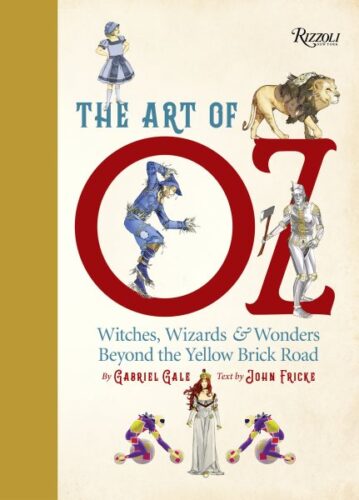
When I was a kid I had the edition of The Wonderful Wizard of Oz illustrated by Michael Hague. I spent hours and hours just staring at the map in the front (and back), trying to work out where everything fell out. I would have adored (and been scarred for life by) reading this book as a kid around that age. Essentially what you have here is every wackadoodle description of a creature in one of the Oz books. Some of these you know but unless you’re an Oz obsessive, some of these you will DEFINITELY not. The description reads:
The Wonderful Wizard of Oz was the best-selling American children’s book of the twentieth century, and the classic 1939 movie of this quintessential American fairy tale left a permanent mark on the hearts and imaginations of devoted fans throughout the world. In THE ART OF OZ: WITCHES, WIZARDS, AND WONDERS BEYONE THE YELLOW BRICK ROAD artist and Oz archeologist Gabriel Gale brings to life all the creatures and inhabitants from L. Frank Baum’s beloved series, many illustrated here for the first time: wicked witches and their armies, mythical beasts, elemental fairies, robots, insects, one-legged and two-sided people, and many more sky, land, sea, and underground creatures. THE ART OF OZ also debuts the first-ever “Google Map” of the Land of Oz!
Gabriel Gale has mapped the country and animated all the creatures he found there. He has sketched Emerald City the buildings and habitats of the enchanted Land. Through spectacular illustrations, in original and precise style, Gale portrays each character in detail, often with attention to anatomy, structure, size and scale. Gale’s fantastical, vivid, and delightful renderings are also accompanied by excerpts and drawings from the fourteen books in Baum’s Oz series and the most famous inhabitants of Oz—Professor H.M. Woggle-Bug, T.E., Dorothy, the Cowardly Lion, the Scarecrow, the Tin Woodman, Toto, Glinda the Good, and the Wizard—add context to this magical endeavor This is the perfect book for the whole family to share and for anyone entranced by the fantasy and everlasting magic of Oz
Hell’s Half-Acre: The Untold Story of the Benders, a Serial Killer Family on the American Frontier by Susan Jonusas
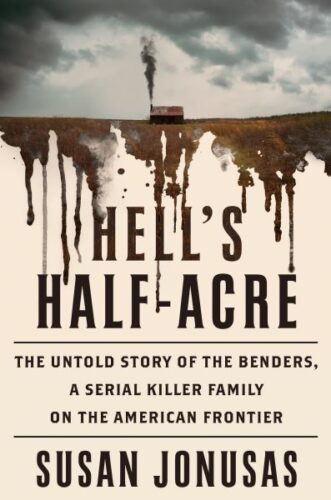
What do frontier serial killers have to do with children’s books? The Bloody Benders have a direct link to Laura Ingalls Wilder! Or, rather, her pa. It’s all in Wild Things: Acts of Mischief by myself, Peter Sieruta, and Jules Danielson. You see, in a public speech, Laura Ingalls Wilder once told a packed room that her pa was part of the vigilante group that took care of the Bender problem once and for all. But was that true? Peter Sieruta was determined to get to the bottom of the case and what he found is in our book. True story!
Slumming It With the Adults
Here are the books by established children’s authors that are for the adult set. You may see some familiar names:
Once More Upon a Time by Roshani Chokshi
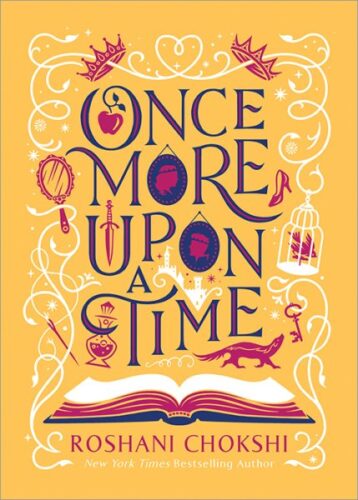
Delilah Green Doesn’t Care by Ashley Herring Blake
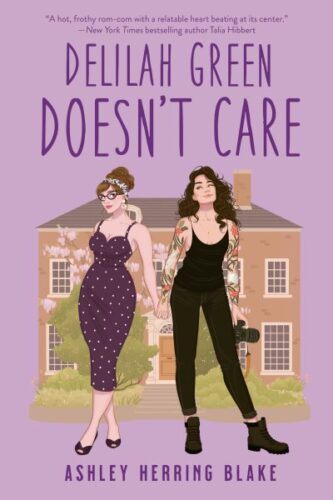
Things to Look Forward to: 52 Large and Small Joys for Today and Every Day by Sophie Blackall
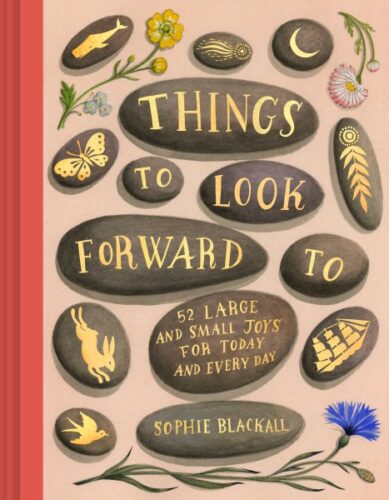
Now Comes Good Sailing: Writers Reflect on Henry David Thoreau
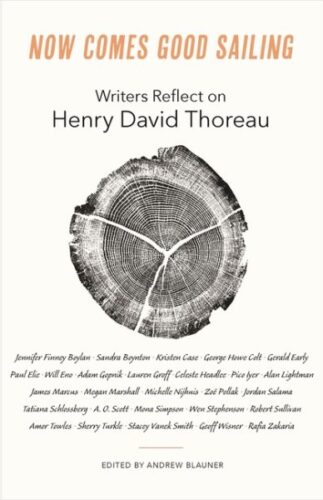
And who’s the children’s author in this last one? Say hello to Sandra Boynton!
Filed under: Unexpected Jolts of Children's Literature
About Betsy Bird
Betsy Bird is currently the Collection Development Manager of the Evanston Public Library system and a former Materials Specialist for New York Public Library. She has served on Newbery, written for Horn Book, and has done other lovely little things that she'd love to tell you about but that she's sure you'd find more interesting to hear of in person. Her opinions are her own and do not reflect those of EPL, SLJ, or any of the other acronyms you might be able to name. Follow her on Twitter: @fuseeight.
ADVERTISEMENT
ADVERTISEMENT
SLJ Blog Network
The Moral Dilemma of THE MONSTER AT THE END OF THIS BOOK
Winnie-The-Pooh | Review
Parsing Religion in Public Schools
ADVERTISEMENT







